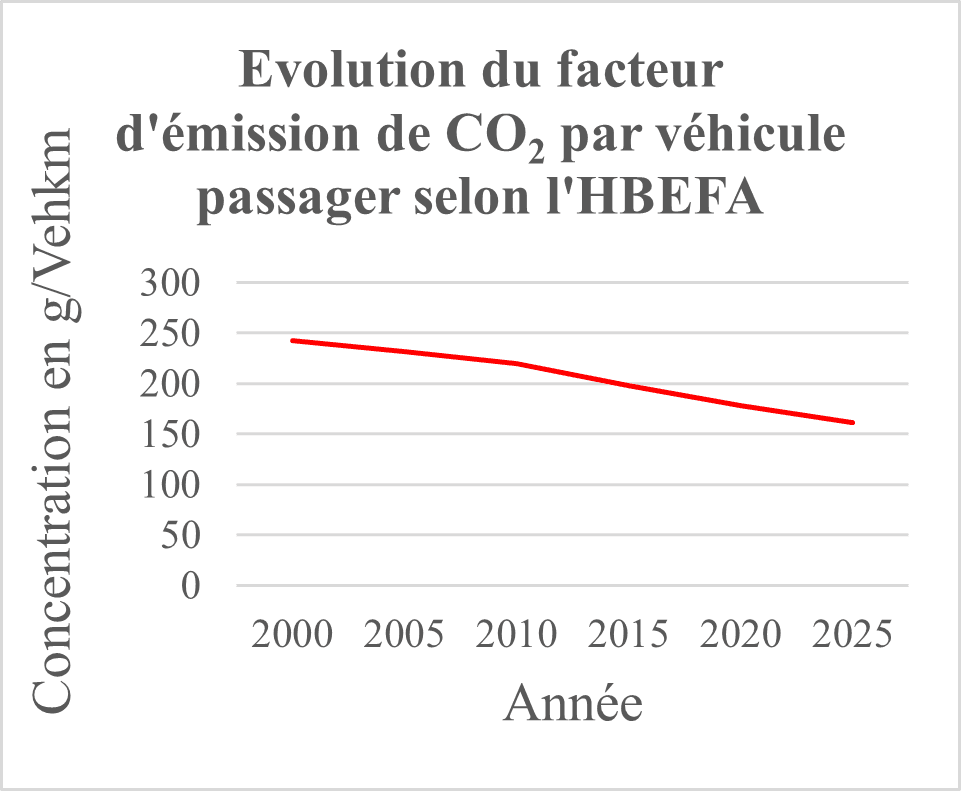Influence of mobility on pollution in Geneva
Posted on Nov 18, 2022Author(s)
Aïcha Besser
Communications Manager
CLIMACT
Expert(s)
Michaël Bayunga
Graduate
FGSE, UNIL
A citizen of Geneva traveled an average distance of 30.3 km each day in 2018. The distances are mainly covered to reach a place of work, education, or leisure. A large proportion of this distance is made by individual motorized transport. These contribute to emissions of nitrogen oxides NOx, fine particles, volatile organic compounds, carbon monoxide CO, sulfur dioxide SO2 and carbon dioxide CO2. Some of these compounds are greenhouse gases and contribute to climate change.
These compounds impact the health of exposed individuals but also plants, animals, and soils.
In addition, the intensive use of individual motorized transport leads to significant road congestion. The infrastructure is limited, however, as demand continues to grow.
The canton of Geneva measures pollutants in the atmosphere through four defined measuring stations. This subdivision takes place to represent the particularities of the canton according to population density, pollution source, regional and local meteorology.
By analyzing the data and atmospheric bulletins of the canton of Geneva made available by the Service de l'air, bruit et rayons non-ionisants (SABRA), it is possible to underline that NO2 is an important marker of road traffic.
This one knows hourly peaks correlated with the hourly travel peaks.

The above graph confirms the statement of the Swiss Federal Statistical Office that the peaks of population mobility occur from 7:00 to 8:00 am and from 5:00 to 6:00 pm in Switzerland. NO2 is also affected by seasonality and its distribution is inhomogeneous affecting more strongly the main roads, the airport, and the city center of Geneva. The limit value set by the Ordinance on Air Pollution Control (30 µg/m3) is still exceeded at the Necker station located in the urban area in 2020.
Ground-level ozone O3 is a secondary pollutant produced from nitrogen oxides NOx during periods of strong sunlight. The hourly limit value for ozone (120 µg/m3) is also exceeded during strong heat episodes. Climate change may increase the frequency of these episodes and thus increase the formation and concentration of ground-level ozone.
Although the concentrations of all pollutants have been decreasing since 1990. Ozone and nitrogen oxide concentrations in Geneva remain at high levels depending on meteorological conditions, seasonality, and temporality.
The transport sector in Switzerland is the largest contributor to greenhouse gas emissions. The number of vehicles continues to grow. In 2020, the canton of Geneva counted a total number of 315,917 vehicles, of which 220,311 were passenger vehicles, according to the Federal Statistical Office. Although emissions per passenger vehicle have been decreasing since the 2000s, CO2 emissions per passenger vehicle are high compared to other European countries. Passenger vehicles emit on average 138.1 gCO2/km in Switzerland compared to 123 gCO2/km in Europe.

The use of advanced technologies does not lead to a solid reduction of carbon dioxide emissions in Switzerland. As long as the number of cars in use increases, the use of fossil fuels increases, and the amount of CO2 emitted into the atmosphere increases. An increase in CO2 also indirectly influences other pollutants through climate change.
Air pollution has an undeniable impact on public health by promoting and exacerbating respiratory, skin, and cardiovascular diseases in exposed individuals. In the context of this work, it was found that many individuals are not aware of the risks incurred by prolonged exposure to pollution. Asthmatic individuals are more vulnerable during high pollution episodes.
The problem of pollution in Geneva is not a new subject, it was at the heart of the concerns during the elaboration of the PDC of 1975 with the awareness of the urban problems generated by the automobile traffic, the saturation of the traffic axes and the degradation of the quality of life in town. Thus, the urban planning commission proposed to develop the public transport network, to limit the use of cars and to favor a compact urbanization by building the city on the city.
Other measures are currently being implemented, such as the implementation of the Stick'Air differentiated traffic system, the creation of park-and-ride facilities, UNIRESO pricing, greenways, encouragement of soft mobility, and the introduction of the Léman Express.
Another way to counteract the emission of pollutants is the use of electric vehicles that allow to change the types of pollutants emitted into the atmosphere when the energy is renewable and when the recycling of lithium batteries will be made more convenient and when certain abuses of labor laws will be abolished.

About the author:
Michaël Bayunga completed his studies at the Faculty of Geosciences and Environment at UNIL with the orientation Natural Sciences in 2022 and was followed by Prof. Julia Steinberger. His interest is in environmental pollution, environmental planning and mobility. This article is based on his Bachelor work, which allowed him to think with a multidimensional approach.
More about CLIMACT :
Discover our upcoming events, our CLIMACT seminar series on Youtube, our articles and follow us on Twitter @ClimactSuisse and @ClimactSwiss and Linkedin.
Translated with www.DeepL.com/Translator (free version)